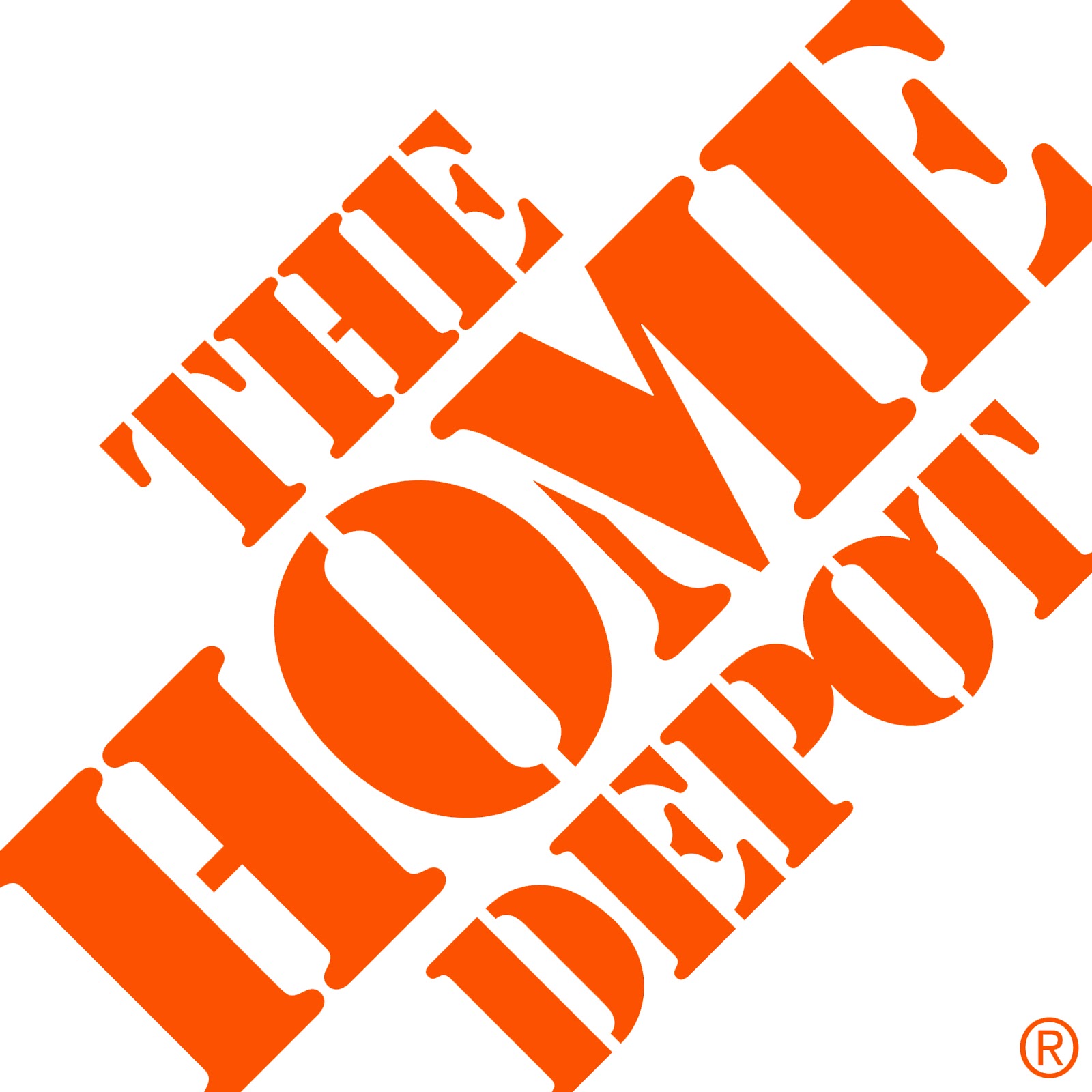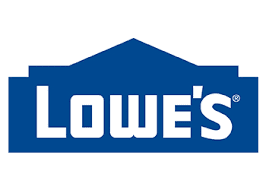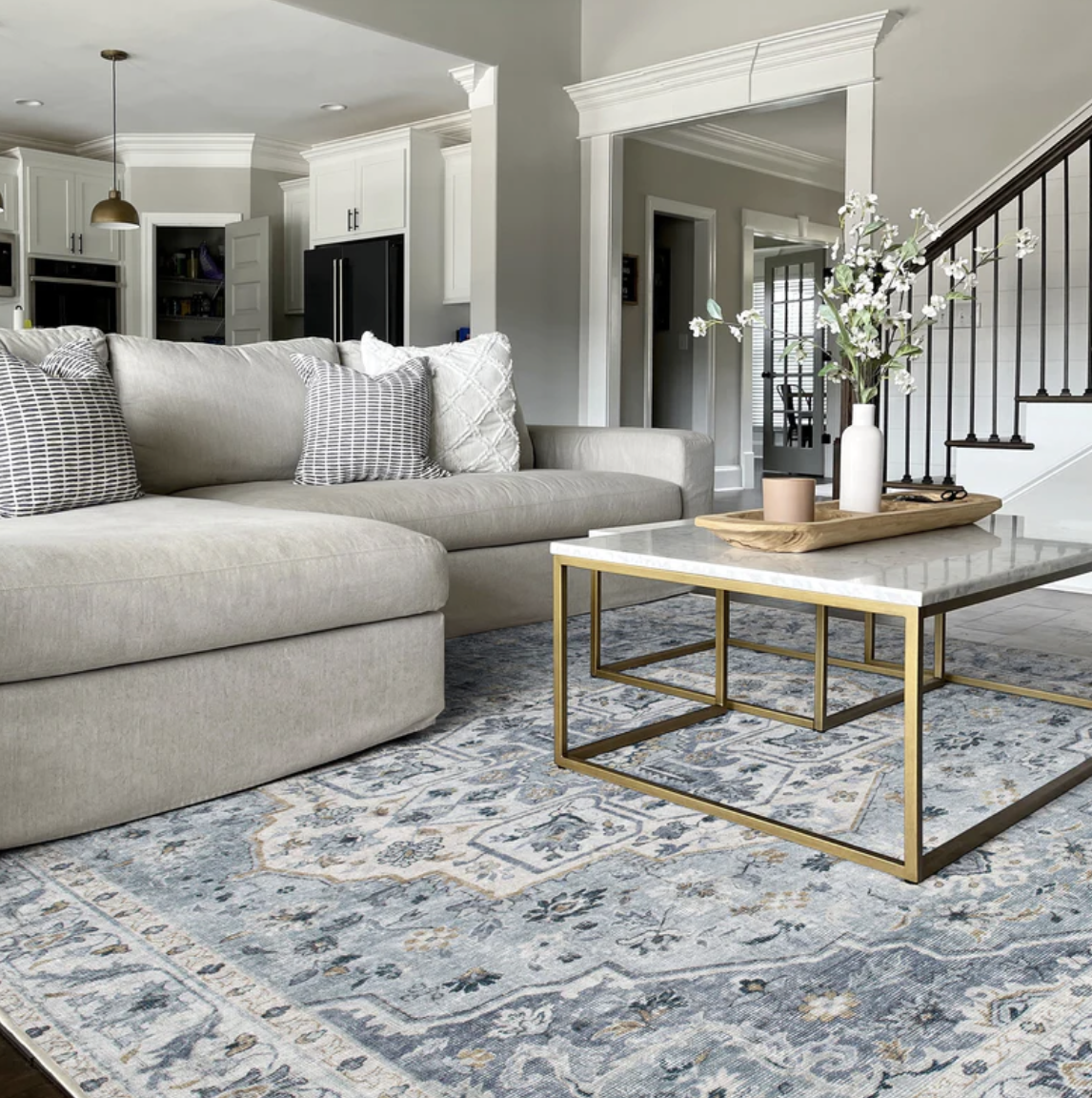Last we left off, I was seconds away from beginning the install of this Honeywell Whole House Humidifier* I purchased over 'dere at Menards.
Ok, so it's all-in-let's-go time. I shut the furnace off at the switch, I grab a drill bit, choke, then drill a hole in the supply duct. I don't have the uber fancy 3/4" bit* they used in the video, nor was I going to purchase it for a one time use.
Now. Ahem.
Do not do as I do (again), ok? Please.
When I started snipping away at the supply duct there appeared to be a bunch of alien shaped mechanical looking objects right behind where I was struggling. I could have easily destroyed our a/c stuff which is what all that gack was, turns out.
 |
| Aaaaannnd, we're off to the races. Yeah, not unsettling at all, nope. |
Ok, so following the instructions, I install the back panel part. Hook it on, screw it in. Not hard. Ok. Done.
 |
| Back panel, on. Make sure it's level it says. |
So I trace around the duct starter collar-ma-jig, rip out the grinder again as tin snips, no. It's a horrible hole but whatever. Silver foil tape is included.
 |
| Hole. Another hole. |
Instead I attach the flexible duct to the humidifier panel, make sure the damper is open, scrunch the flexible duct, then reaching through, hook the starter collar onto the return duct hole, then attach the side panel to the back panel. Twist, struggle, swear.
 |
| You're supposed to close this flange during the summer. |
 |
| Yeah, you can see how much it's munched here. |
Hmmph. Dammit. Ah well. Big gaping holes are the big gaping holes at this point.
 |
| It's like some creepy alien sucker. But the point is that this duct is supposed to pull air from the return through the humidifier to encourage moisture into the supply. |
Next, install the water pad, careful not to pinch the incoming water line on top. Check.
 |
| Water pad. So, here water pours down this pad hoping to get evaporated and sent throughout the house. |
 |
| The water line attached at the piercing bracket thingamajig and then into the humidifier. |
 |
| Drain attached underneath then snaked to the floor drain. That's all the leftover tubing I had. Whew, close one. I really need to do something about this nasty floor. |
Pressure switch.
I cut another horrifying hole in the duct with my awesome grinder, cram the rubber gasket in there sorta, stuff the tube in then cram it onto the appropriate spot on the humidifier. Yes, I was getting tired.
 |
| Winner winner pressure switch hole. |
 |
| The rubber gasket holding the vinyl tube. Air, supposed to go in that tube. |
 |
| Depending on where you placed the humidifier itself, you have to plug in the pressure switch to the appropriate nozzle. Because it's on the supply, the switch is plugged into the black port. |
Rounding the corner to towards the end here, finally, it's humidistat and power connection time. Yet another hole in another duct for the humidistat because it needs to be installed eight or more inches above the humidifier on a return duct, so the directions relay.
 |
| Here's the template stuck on there. |
Wire that all up, then wire it to the transformer.
The written directions here are so piss poor by the way, it's astounding. The only reason I knew how to wire this properly was from watching the installation video.
 |
| And humidistat. |
I power off the utility closet, reopen the switch/outlet combo, screw in the transformer to the junction box plate cover as it will not plug in entirely if I do not, and finish wiring everything together.
 |
| Here's the transformer and then all wired up and screwed into the junction box face plate. |
 |
| It's on! It's done! Wow. |
And power! Fire up the furnace....
And no water coming through the drain.
There's supposed to be water in the drain.
Um. No. Please no.
I read the troubleshooting section and everything is a-ok yes correct except the solenoid. It doesn't click on therefore it doesn't open, therefore water isn't getting inside.
Ensue checking and rechecking and checking everything. Oh wait, I see I let loose a little blue wire, ok, maybe if I get that back in everything will be fine! Yes! Hope!
 |
| Itty bitty tiny blue wires above where I had to wire in, at those four clear plastic cylinders. It's hard to see but one is fancy-free and footloose here. |
No water running.
Aw man. Are you serious?! I stand motionless for a several minutes, crushed, befuddled, annoyed, getting kinda pissed actually, rubbing my forehead, evaluating the situation. Now I have to take the entire thing off, keep the heat off, run to further away store, exchange it for another one, put new one back on?
Sigh.
Start taking whole thing off, notice other little blue wire had freed itself. Glimmer of hope passes through me so I shove everything back together, I try again.
Nope. Nope. Still no water.
Not working.
Are you kidding?!
I double over. Biggest groan in the world. I had this very disagreeable sinking feeling when I read this review (titled "Go with a different brand!"): oh yes, that of course will happen to me, I thought.
Ok, wait, lemme see if I can find a solution online before taking drastic removal measures. A lil' digging, I find Honeywell has a chat. And a general solenoid problem. Hm.
Next transpires an hour plus long chat session where I lead with "the solenoid is not working, it is not staying open, there is no water coming through the unit," while simultaneously discussing matters with the Honeywell direct message tweet people. The chat person had me run through a bunch of different things.
Up and down the stairs. Office computer, down to furnace. Up and down. Up, down, up.
The entire time this chat person is telling me it's the pressure switch, the pressure switch, it's the pressure switch. It's your HVAC system. It's your system not activating the pressure switch properly.
The person tells me to yank the pressure switch out of the return duct and blow into the end. I do. The solenoid clicks. Huh, ok, good sign, right? I stop, then blow a steady stream, hear click but yet no water is coming through as it should be while the furnace is running which it is.
I'm telling this person ok it could be your theory but when you have me blow into the pressure switch simulating return air movement and then I opt to more robustly than any furnace would ever move air, there is still no water, none, no water. There. Is. No. Water.
Finally, sheepishly and entirely too unceremoniously, and I kid you not, after over an hour into this, the person types, "it's the solenoid, exchange it." Bloop, they're gone, end of conversation.
That's what I said an hour ago! Ah man. I save the chat transcript for future use, just in case.
Frustrated and exhausted, now three more hours deep into this day's project, I direct message Honeywell on Twitter one last time that evening to update them on my dissatisfaction as nicely as I can. They offer to send a solenoid but they have to verify first if they can and they will get back to me in the morning.
Mmm. Mmm hm.
Mmk.
Righty-o. Thumbs up.
Poor Mike comes home bedraggled from work, he senses a major rift in the force, he asks if everything is ok. Poor guy with his ill-timed, just-walked-in-the-door question.
I launch into a truncated version of the grueling story. "This is what you get when you do it yourself," he chortles. Not in a mean way of course.
Groaning, "I know babe. It's times like these I'm such the idiot, why do I ever do this....Ya know, like this when I wonder why I ever try to do anything by myself ever at all ever. DIY'ing sucks." Foot stomp. Grumble. Pout. Sniffle.
To be continued.....(click here to read part three)
*The Honeywell humidifier, cone drill, tin snips, and grinder are Amazon affiliate links. Mwah, thanks! Please see the "boring stuff" tab for more info.










































This article your very interesting.
ReplyDeleteThank you for giving me more information.
see it here